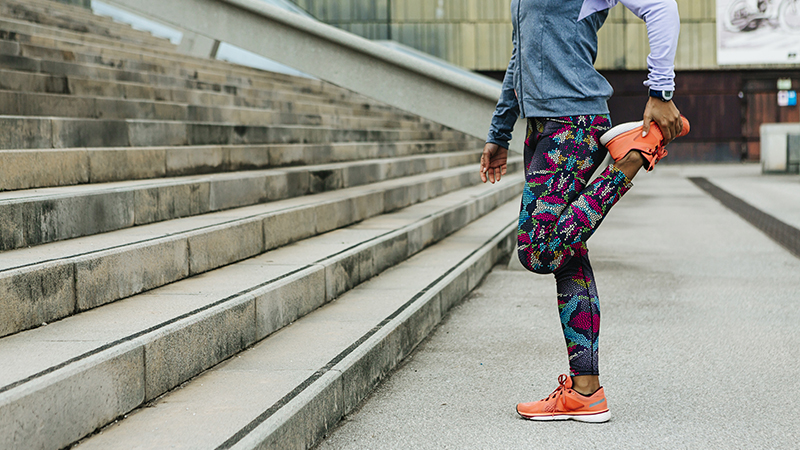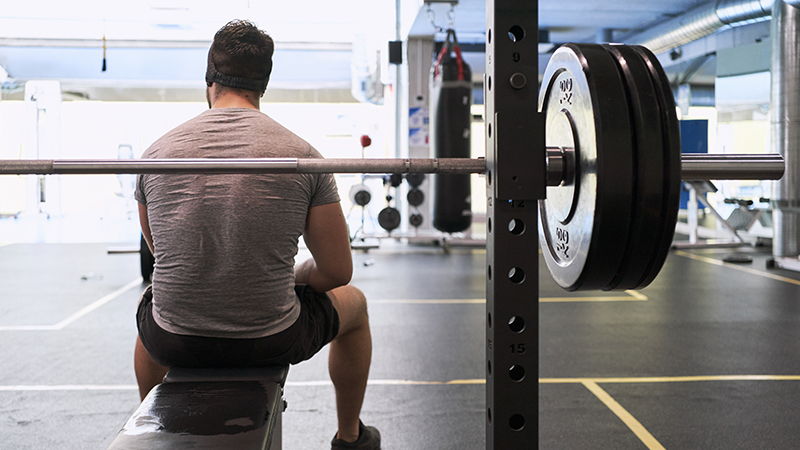Figuring Out Your Fitness Tracker
How to Get the Most From Your Wearable Technology
Updated June 2022
Fitness trackers are incredibly popular, and they’re only becoming more prevalent. At their most basic, wearable trackers provide a general idea of your activity. While most will register walking and running, many struggle to accurately record other activities like yoga and strength training. As such, using fitness trackers effectively to improve your health and fitness relies on a few key principles.
1. Fitness Trackers Can Show You What to Say, But Not What to Do
One of the most significant benefits of wearable devices is their ability to facilitate communication between you and healthcare or fitness professionals. Trackers provide enough data and are accurate enough to help track goals and identify trends in your lifestyle. A wearable device allows you, at any fitness level, to set realistic and simple goals and offers an easy way to monitor your progress.
“Fitness trackers give people simple, measurable data that makes fitness easy to understand,” said Joe Molter, CSCS, MS, fitness manager at Northwestern Medicine Delnor Health and Fitness Center. “The data can also help us give recommendations on an appropriate fitness program depending on how active they have been.”
Some wearable devices include sleep monitoring and a calorie or diet tracker as well. Much like activity tracking, the device is not going to be 100 percent accurate at measuring these metrics. However, they do provide a general idea of how much sleep you’re getting, and a track record may motivate you to get to bed earlier.
Similarly, the calorie tracker should never be a replacement for meeting with a registered dietitian for significant weight management. But again, if recording what you eat helps motivate you to maintain a healthy diet, there’s no harm in taking advantage of that feature.
2. Fitness Trackers Can Quantify Habits, But Not Form Them
The data from fitness trackers can, with a fair degree of accuracy, allow you to quantify your lifestyle habits. By creating a record of your daily activities, such as how much you move, sleep or eat, wearable devices can give you a better grasp on your general health.
“We hear people say, ‘I’m usually pretty active,’ but they can’t put a number to it. Now you can, and a lot of people are surprised at either how active or inactive they are,” Molter said.
But the gap between recording habits to changing habits is significant, and establishing healthy habits from a fitness tracker involves more than simply wearing one. In order to get the most out of your wearable device, you must use it regularly and you must be willing and able to adjust your habits to improve your health, rather than only monitoring the level you’re at.
3. Fitness Trackers Can Gauge, But Not Guide
The shortcomings of fitness trackers are important to note. By and large, trackers tend to undercount how far people walk and overestimate the degree of vigorous activity. They aren’t totally accurate and cannot compete with the precision of professional-quality devices.
Yet, when used as a gauge of how active you are being compared to your activity the day before, they can provide valuable motivation for the formation of enduring healthy habits. Recording physical activity, sleep habits and diet can educate and motivate you to improve your daily habits. But ultimately, the foundation of a fit lifestyle will not be a fitness tracker.
“No device made can replace your own intuition of how you feel and what a good workout you’ve had,” Molter said. “For example, make sure your heart rate is elevated and make sure you are sweating. If those two things haven’t happened, it probably was not a good workout.”
Furthermore, focusing on good nutrition and working out safely may be more beneficial than monitoring. And a device cannot replace a certified health and fitness professional when it comes to establishing fitness goals. Fitness trackers provide useful information and a general idea that can pave the way to achieving milestones, but wearable devices are not the only resource to get in shape.
“Working with a trainer, even if it’s only a few times, can set you up for long-term success,” Molter said. “They can help with exercise program design as well as teach you the hows and whys of exercise that you won’t get from a gadget.”





